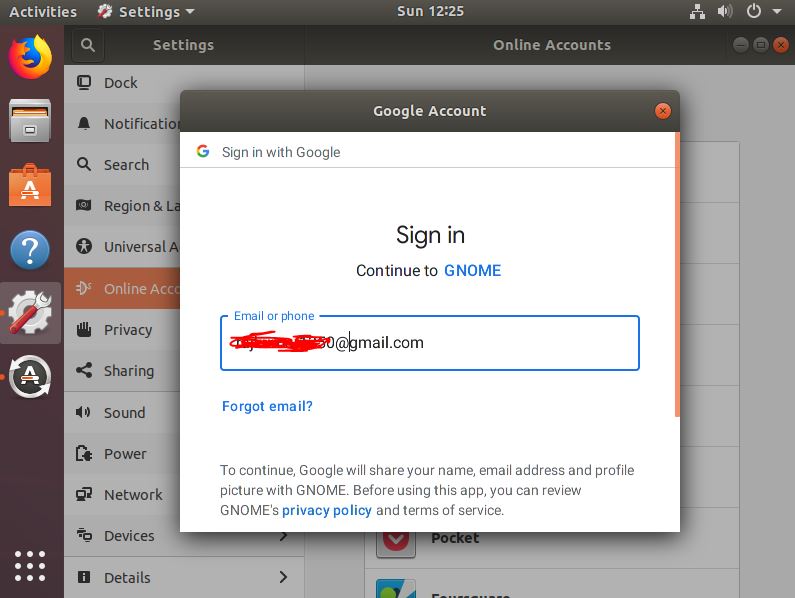


To prevent data loss due to onsite fire, flood, or theft, the administrator backs up data on Seagate Network Device 1 to the company’s Amazon S3 account. A compatible third-party storage device can also act as the destination storage. To prevent data loss due to onsite fire, flood, or theft, the administrator backs up data on Seagate Network Device 1 in her company's headquarters to Seagate Network Device 2 at a branch office. Back up to a network storage device outside the local network (offsite) Alternatively, the administrator can back up Seagate Network Device 1 to a compatible third-party network storage device. To prevent data loss due to hardware failure, the administrator schedules regular backups of Seagate Network Device 1 to Seagate Network Device 2. Back up to a Seagate network storage device on the local network Since remote access is not always available when she travels, the administrator backs up her share to a portable USB storage device. Backup, Sync, and Restore examples Back up to a USB storage device (DAS)Īn administrator keeps important files on her private share. If more than one job is scheduled for the same time or started manually, Backup Manager places them in a queue. Some of the affected platforms include Facebook's family of apps, the default Messages client on Android, Snapchat, and Twitter, among others.Note on backup job order: To conserve processing resources, the Seagate network device runs one job at time. Google has a handy guide here for finding your existing social media-related images and videos on Google Photos, for running manual batch backups, and for turning on the automatic backup feature. Google is stressing that any photos already backed up and organized via social media apps are unaffected by the change, and that you can still go to individual folders within the Google Photos app and turn on the “back up & sync” feature. You can change this anytime in settings,” reads a support page detailing the change. To save internet resources, backup & sync has been turned off for device folders created by messaging apps like WhatsApp, Messages, and Kik. “People are sharing more photos and videos due to COVID-19. Google is citing the surge in image sharing happening since the onset of the COVID-19 pandemic. Now, Google says that feature is turned off, and you’ll have to toggle it on for specific apps or run manual backups on specific folders. Previously, Google’s photo backup platform would automatically upload all images saved to your Android or iOS device, including those files stored in folders created by apps like Facebook, Instagram, and WhatsApp. Google Photos will no longer backup images and videos saved from folders created and managed by social media apps by default ( via Android Police).


 0 kommentar(er)
0 kommentar(er)
